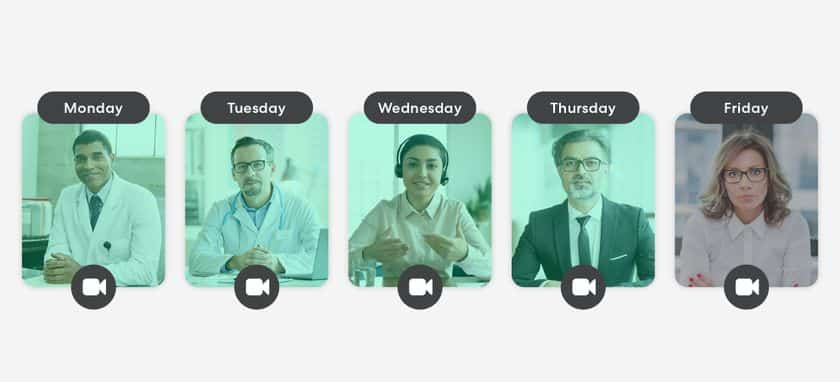How critical are the insights you collect and analyze? Insights help pharma leap from uncertainty to breakthrough – think Newton and the apple, or, a bit closer to home, the potential for mRNA. But when we asked a group of industry leaders about their insights’ impact, just 11% indicated that insights change strategy with any meaningful depth and frequency in their organizations. How can you surface insights more quickly and frequently to accelerate pharma innovation? The answer lies in creating an insights-based culture.
How can pharma teams achieve a culture that prioritizes the value of insights? Here are four building blocks of an insights-first culture.
Breaking down barriers
Organizational silos are a widely acknowledged challenge in the industry, and these internal roadblocks can lead to decisions based on incomplete or outdated information, even when the information is actually close at hand – as close as a colleague, another internal team, or user-generated data available on social media sites or online forums. In our group of medical affairs professionals mentioned above, siloed data emerged as the most significant bottleneck to insights generation. Related challenges include too much or too little data for medical affairs to manage.
Communicating the value of insights to leadership
Insights generated by medical affairs can significantly impact the trajectory of a therapy and, ultimately, patient outcomes. However, teams can struggle with how to most effectively communicate the value of their work to leadership and the broader organization. “Understanding by senior management the value insights can bring should be something we invest in to become world-class,” says Lance Hill, CEO of Within3. “It can be the difference between therapies achieving their targets or not.”
Medical affairs teams already create this value. In one example on the Within3 platform, a medical affairs client identified a KOL they wouldn’t have ordinarily contracted and uncovered an opportunity for a potential best-in-class drug that would impact thousands of patients yearly. But these discoveries could be the norm rather than the exception in a more effective communication cadence with leadership.
In practice, this could mean leveraging technology to enable more frequent and actionable insights reporting, which in turn enables faster and more accurate decisions.
Listening to and acting on patient and HCP needs
Creating an insights-based culture also means tuning into customer voices, whether patients, advocates, or HCPs. “We think we know better, but we don’t understand until [we’ve] lived in the patients’ shoes,” says Rebecca Vermeulen, VP Global Patient Networks, Product Development Medical Affairs at Roche. “Why aren’t clinical trials recruiting? Why aren’t patients participating or amendments to protocols being made? Because we aren’t listening closely enough or didn’t even ask in the first place.”
Vermeulen shared an example: in a clinical study of a therapeutic used to treat a progressive neurological disease, participants often asked if the treatment could be dissolved in water. It could not, but why were they asking? Simply put – the effects of the disease were most severe at the time of day patients needed to take the medication, and the drug’s packaging made that challenging. In another case, therapy for a chronic disease was delayed nine years because the trial sponsor didn’t adequately consider factors in patients of different ages.
These examples illustrate why gaining patient input as early as possible is beneficial and why an insights-based culture is also a patient-centric culture.
Enable it all with technology
Even with medical affairs’ expertise, the resource-intensive nature of insights reporting can seem overwhelming. Medical affairs leaders have long relied on technology – from spreadsheets to business intelligence dashboards – to help them see the answers they need.
However, these innovations are missing something critical: the “so what?”
With the advent of more widely available artificial intelligence baked into tools pharma teams already use, the speed and impact with which medical affairs can perform important work has increased dramatically. Pharma leaders don’t need to be experts in AI, but they can reap the benefits of technology that handles up to 90% of the workload inherent in insights reporting. After that, it’s up to humans to take action.
“Once I validate and confirm those answers, now I can do something,” says Vermeulen. “Now I can contextualize it in a way that drives meaningful change in a project, a therapy, or a company.”
Get more insightful commentary from these experts in our on-demand webinar: How can AI do more with customer insights?






